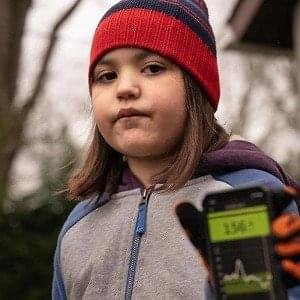In the quiet town of Zelienople, Pennsylvania, 9-year-old Jax Ramirez faces a daily battle against a rare autoimmune disease that threatens his life. Diagnosed with IPEX syndrome at age 6, Jax’s only hope for a cure lies in finding a matching bone marrow donor. However, his diverse genetic makeup, which includes Hispanic, Brazilian, African, and mixed European ancestry, has made this search akin to “winning the lottery,” according to his doctors.
Jax’s struggle sheds light on a broader issue in the U.S. healthcare system: the stark disparities in organ and tissue donation among different racial and ethnic groups. While white patients have a 79% chance of finding a bone marrow match, Black patients face significantly lower odds at just 29%, with other minority groups falling somewhere in between.
The Ramirez family’s tireless efforts to find a match for Jax have added thousands of people to the donor registry. Yet, their search continues, highlighting the critical need for a more diverse donor pool. This disparity extends beyond bone marrow to other organ donations, where Black and Latino patients are overrepresented on waiting lists but underrepresented among donors.
Experts like Dr. Clive Callender, a transplant surgeon at Howard University, have long worked to address these imbalances. Callender’s research identified key barriers to organ donation in minority communities, including lack of information, religious misperceptions, and distrust of the medical system rooted in historical racism.
As Jax and his family navigate this challenging journey, their story serves as a powerful reminder of the urgent need to diversify the organ and tissue donor pool, ensuring that life-saving treatments are accessible to all, regardless of racial or ethnic background.
See “A 9-year-old Zelienople boy’s health crisis sheds light on the need for diversity in organ donors” (April 22, 2024)


